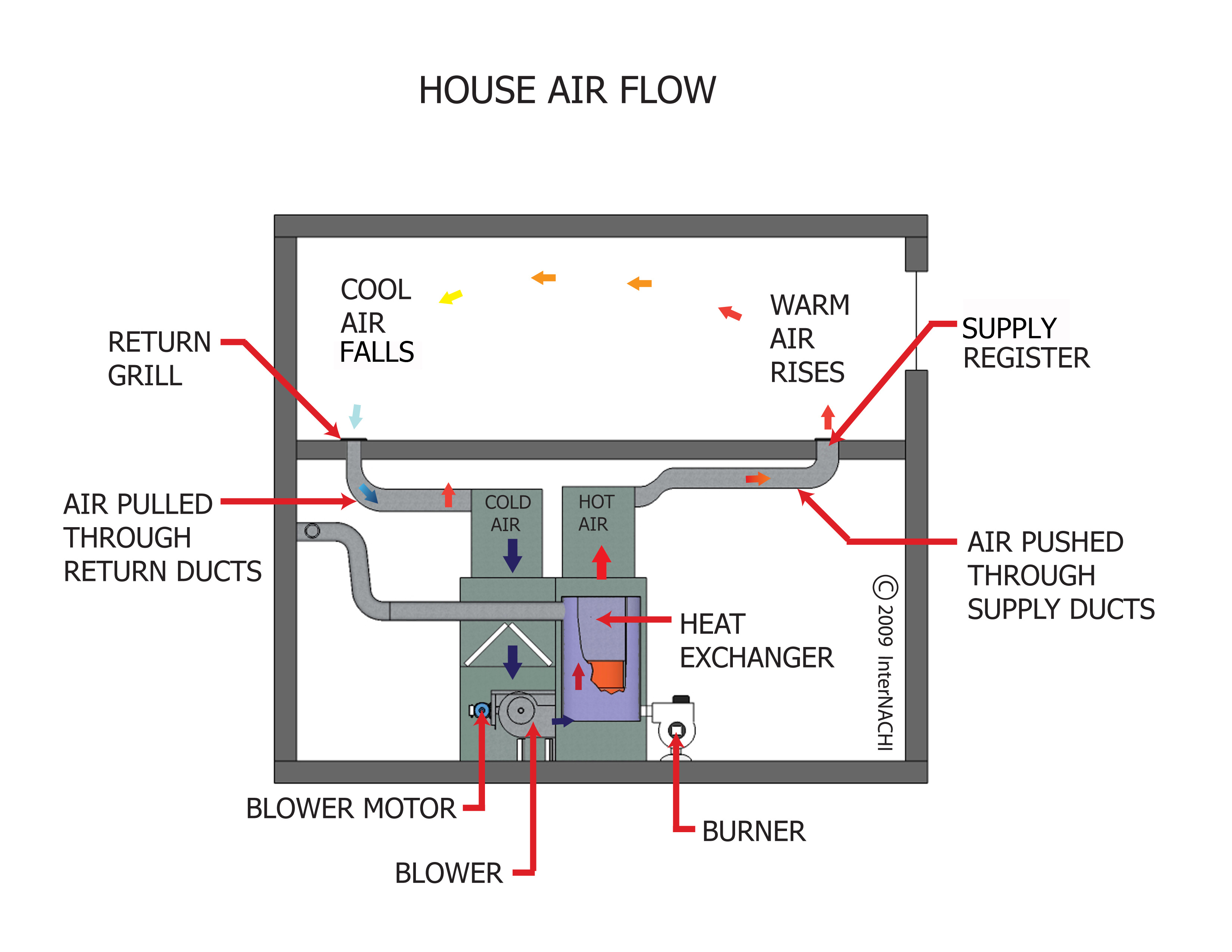

Permanent reusable filters (also referred to as washable filters) are constructed with either solid aluminum or plastic frame. They come in many standard sizes, but are generally more flimsy and have lower ratings than pleated filters. They have an almost spider-web appearance and are often blue in color. The price of these filters varies from a couple of dollars all the way up to the $30 – $40 range depending on the brand, size, and MERV rating of the filter.ĭisposable fiberglass filters are the cheapest filter on the market but really aren’t the best furnace filters. Pleated filters are constructed out of paper and polyester and do a good job at filtering most household particles and allergens. These come in a range of standard sizes and ratings. The most common type of furnace filter is a disposable pleated kind. It's a good idea to write this in permanent marker on your furnace so that you can have it visible when you need to know it. You should be able to look at the filter in your furnace currently and see the size printed on the side. A good fit prevents air from slipping around the edges of the filter. It is important to note that you must have an exact fit -“close enough” is not good enough in these circumstances.

The filter must fit snugly in your furnace. The easiest way to find out what size you need is to pull out the filter that is currently in your furnace and check it (the size should be written on the frame of the filter) or you can also refer to your furnace manual. Height and length combinations range from 10”x10” all the way to 30”x 30”. The most common thickness is 1”, with 4” also being a popular choice for larger systems. There are a lot of different sizes and you need to use the one that is the correct size for your furnace.įurnace filters are sized by thickness (depth), height, and length. Many horizontal flow systems will reside in attics or crawl spaces that don’t have space for a traditional upflow or downflow system.Ĭhoosing the right type of flow for your home's setup and needs can maximize efficiency while minimizing energy costs.Now, you need to know what size of filter your furnace needs. The most common terms used to describe the air flow configuration are: upflow, downflow, and horizontal. Using a horizontal flow unit you might not see the same level of efficiency savings as when using an upflow unit, but you also won't see the type of efficiency losses as when using downflow unit wich is trying to push the air against its natural direction either. The directionality of your unit can affect both your heating and cooling capabilities. Service calls will also come in cheaper since the HVAC technician won't have to try and crawl into an awkward, hard to access place to fix the Air Conditioning unit. The location versatility can save you costs during the AC installation process because you won't need bracing added the way a downflow unit does.
Furnace airflow direction install#
The horizontal flow directionality means that you can install the unit virtually anywhere in your home unlike a downflow unit, which needs to sit in the attic, or an upflow, which is typically in the basement. Pros & Cons of a Horizontal Flow HVAC System This type of system is most common in attics and craw spaces. In HVAC sysytem with horizontal flow the furnace or air handler unit seems to be laying on its side and the airflow flows in from one side and then exhausts it out at the other side. Horizontal Flow - a HVAC Unit flow style, which refers to the direction of the airflow out of the unit. Air Conditioning and Furnace Filters & Filtration.Thermostat Replacement and Installation.New Central Air Conditioning installation.Nevada Residential Services Air Conditioning & Heating Repair - Contacts us.


 0 kommentar(er)
0 kommentar(er)
